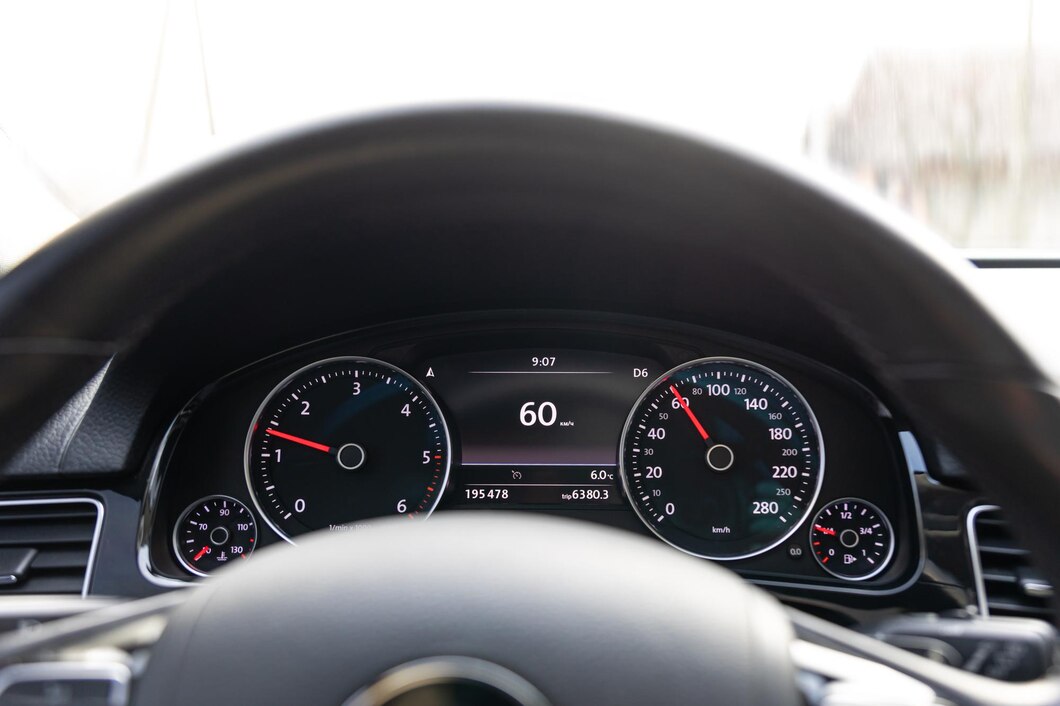Buying a second-hand car comes with its share of risks, and one of the most concerning issues is odometer fraud. Tampering with odometers to show a lower mileage is unfortunately a common practice that can deceive unsuspecting buyers. Here’s a guide on how to identify signs of tampered odometers to protect yourself from potential scams:
1. Check Service and Maintenance Records:
Ask for the vehicle’s service and maintenance records. A consistent and detailed history of regular maintenance and repairs can provide clues about the car’s actual mileage. Look for discrepancies between recorded mileage during services and what is displayed on the odometer.
2. Inspect Wear and Tear:
Examine the interior and exterior of the car for signs of wear and tear that are inconsistent with the odometer reading. Pay attention to worn-out pedals, steering wheel grip, seat condition, and the condition of the gear shift knob. A discrepancy between the odometer reading and the vehicle’s physical condition could indicate tampering.
3. Look for Altered Screws or Panels:
Odometer tampering often involves removing the instrument cluster to manipulate the mileage display. Check for signs of tampering such as scratches around the edges of the instrument panel, mismatched screws, or panels that don’t align properly. Any evidence of these alterations should raise a red flag.
4. Compare with Vehicle History Reports:
Obtain a vehicle history report using the VIN (Vehicle Identification Number). These reports can reveal mileage inconsistencies by tracking previous odometer readings recorded during inspections, emissions tests, and registrations. Discrepancies between reported mileage in the vehicle history report and the odometer reading should be investigated further.
5. Verify with Previous Owners:
If possible, contact previous owners listed in the vehicle history report or through the seller. Ask them about the mileage they recorded when they owned the car and compare it with the current odometer reading. Inconsistencies in their accounts could indicate odometer tampering.
6. Conduct a Professional Inspection:
Hire a trusted mechanic or inspection service to conduct a thorough pre-purchase inspection. Mechanics can examine the vehicle’s condition, check for signs of tampering in the odometer and instrument cluster, and provide an unbiased assessment of the car’s overall condition and mileage authenticity.
7. Beware of Unrealistically Low Mileage:
If the odometer reading seems unusually low for the car’s age or condition, it could be a warning sign of odometer rollback. While low mileage isn’t always indicative of tampering, it should prompt closer scrutiny and verification through documentation and inspections.
8. Trust Your Instincts and Ask Questions:
If something feels off or too good to be true about the mileage of a second-hand car, trust your instincts and ask the seller probing questions. A reputable seller should be transparent and willing to provide detailed information and documentation regarding the car’s history and mileage.
Identifying tampered odometers in second-hand cars requires diligence, attention to detail, and verification through documentation and professional inspections. By being proactive and thorough in your assessment, you can minimize the risk of falling victim to odometer fraud and make a more informed decision when purchasing a used vehicle. Remember, taking the time to verify the odometer reading can save you from potential financial losses and ensure a more trustworthy purchase experience.











